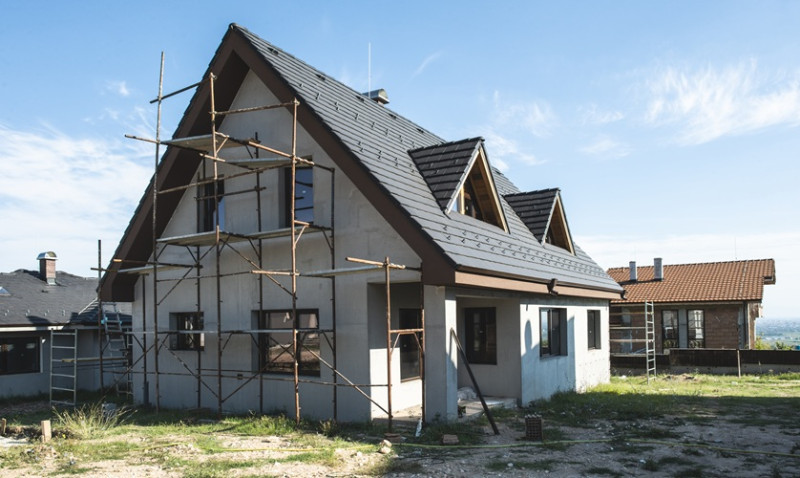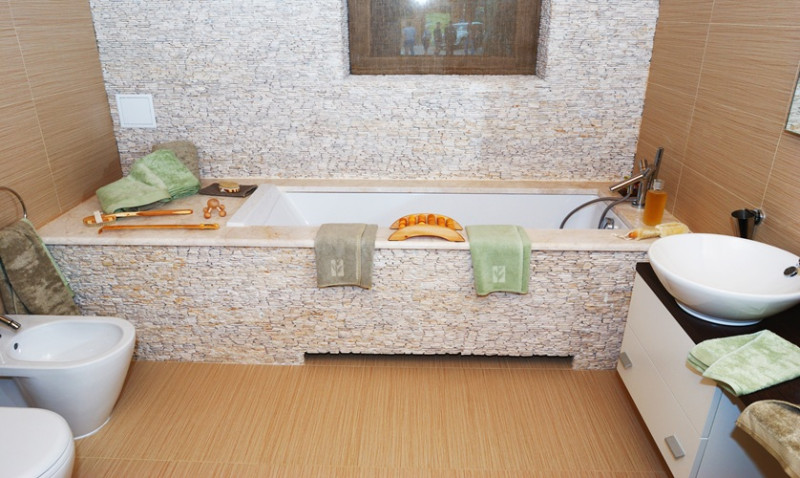
When it comes to curb appeal, nothing transforms the look of your property quite like well-installed exterior siding. Whether you're a DIY enthusiast craving a weekend renovation project or a seasoned architect designing dream homes, mastering the techniques behind a professional siding installation can elevate the charm, insulation, and longevity of any building.
In this article, we highlight essential pro siding installation tips that ensure a flawless finish for any UK home. Whether you live in a historic terrace in Yorkshire or a modern build in London, the right siding can strike a perfect balance between style and practicality.
Why Proper Siding Installation Matters
Proper siding installation is more than just visual appeal. Siding acts as a protective skin for your home, shielding it from the UK's unpredictable weather—rain, wind, frost and even coastal salt exposure. A poorly installed siding system can lead to moisture damage, pest intrusion, or heat loss, ultimately costing more in future repairs.
Moreover, for young professionals investing in first homes or homeowners refurbishing properties to increase their market value, siding installation done right is critical. The attention to detail in the exterior finish often reflects the overall quality of the property, influencing perception and pricing.
Professional installation techniques ensure your siding fits securely, integrates with existing features like windows and doors, and allows for expansion and contraction due to temperature fluctuations. In other words, good installation ensures durability and hassle-free maintenance.
Whether you're going with composite cladding, fibre cement boards, or classic timber siding, getting the details right is paramount. From batten spacing to weatherproofing finishes, every element plays a role.
Prepping the Surface: Don’t Skip the Foundation
Like any strong structure, your siding job must begin with a solid foundation. Before you even pick up a board, inspect the existing wall substrate and address any signs of dampness, mould, or cracks. Applying siding over compromised surfaces spells long-term trouble.
For timber frame homes common in parts of the UK, you'll need to install a breathable membrane or breather membrane. This layer helps manage condensation, a critical issue given the UK's relative humidity and frequent rain.
Battens (typically treated timber) spaced evenly at 400mm or 600mm centres allow correct attachment and airflow behind the cladding system. Remember, ventilation gaps at the top and bottom of the cladding allow moisture to escape, preventing wood rot and warping.
Also, take time to plan your batten layout in a way that supports corners, edges, and trim pieces. A consistent layout ensures neat lines and reduces awkward cuts that could weaken materials and compromise aesthetics.
Top Siding Installation Tips from the Pros
Learning from experienced tradesmen and contractors is the fastest way to improve your siding game. Below are some tried-and-true tips from UK siding professionals.
- Start Level: Use a laser level or spirit level to ensure your first siding course is perfectly horizontal. This anchors the rest of the installation and prevents a crooked finish.
- Mind the Expansion Gaps: Many composite and fibre cement siding materials expand and contract with temperature and moisture changes. Leave a small gap (usually 3–5mm) between boards and trim to prevent buckling.
- Secure with the Right Fixings: Use corrosion-resistant stainless steel screws or nails appropriate for the type of siding. Fix through the thickest part of the siding, but avoid over-driving to prevent splitting.
- Stagger Your Joints: For horizontally laid boards, stagger the joints so vertical seams don’t stack up. This approach reduces visible seams and strengthens overall structure.
- Use Corner Trim and Flashing: Protect external corners with pre-made corner trims, and flash around windows, doors, and ledges to direct any water away.
Additionally, always check the manufacturer’s instructions. Some products are sensitive to installation methods, and improper handling can void warranty coverage—something both DIYers and pros should be wary of.
Choosing the Right Siding Material for Your UK Property
The UK offers diverse home styles—from Georgian townhouses to minimalist Scandi-style new builds—and each exterior benefits from a thoughtful siding choice. Your selection should be based on not just looks, but climate resistance, durability, and maintenance levels.
Here’s a comparison of the most common siding materials used in the UK:
| Material | Appearance | Durability | Maintenance | Best For |
|---|---|---|---|---|
| Timber Cladding | Natural, Warm, Traditional | 10–30 years (with treatment) | High – regular staining/oiling | Traditional homes, cottages |
| Composite Cladding | Wood-look, Modern colours | 25–50 years | Low – no painting | Modern builds, low-maintenance homes |
| Fibre Cement | Sleek, Painted finish | 30–40 years | Low – occasional repaint | Urban areas, coastal zones |
| UPVC Cladding | Glossy, Basic profiles | 20–30 years | Low – easy to clean | Budget refits, extensions |
Your choice should complement not only the architectural style but also the surrounding environment. For properties near the sea, go for materials resistant to salt air exposure. In wetter regions, moisture-resilient options like fibre cement are a safe bet.
Common Siding Mistakes to Avoid
Even a well-intentioned DIYer can make simple mistakes that haunt the finish for years to come. Here are some errors to avoid when installing siding on UK properties:
- Skipping Weather Barriers: Always install a breather membrane behind cladding to protect your internal walls from moisture ingress.
- Over-fastening: Driving nails too tightly restricts movement and leads to cracks or warped boards.
- Ignoring Airflow Needs: Forgetting vent gaps can trap condensation and cause serious internal damage over time.
- Improper Sealing: Caulking is your friend around edges and trims. Neglecting this step ushers in drafts, rainwater, and pests.
And always account for the specific climate in your postcode. Damp, cold winters in Scotland call for different prep than the drier southeast of England.
Final Touches That Make a Difference
Once your siding is installed, it's time to add finishing aesthetics that truly elevate your exterior. Think of these touches as the 'accessories' of your building's outfit—they enhance and complete the look.
Consider contrasting soffits, fascia boards, and gutters to complement your siding colour. Incorporating subtle lighting fixtures or planter boxes can make a stark façade feel warm and inviting. If you’re installing vertical boards, try mixing widths for a contemporary profile.
Professionals often advise sealing end grains and painting cut sides—even with pre-finished boards—to prevent water ingress and preserve uniform colour.
Finally, step back and ensure symmetry. A straightforward layout with clean edges gives even a budget-friendly siding job eye-catching appeal.
Ready to Refresh Your Exterior?
From choosing the right materials to executing joints like a seasoned pro, installing siding can be a rewarding upgrade for anyone looking to beautify their home. With tips inspired by leading UK contractors and builders, your project will not only look stunning but stand the test of time—it’s form married to function.
If you’re not quite ready for a full DIY job, consider hiring a professional siding installer who understands local building regulations, weather challenges, and design trends unique to UK homes. But with the right know-how and materials, many homeowners have tackled siding projects with exceptional results.
Your home’s exterior is more than just its face—it’s its first impression, weather shield, and long-term investment. So make it count!





